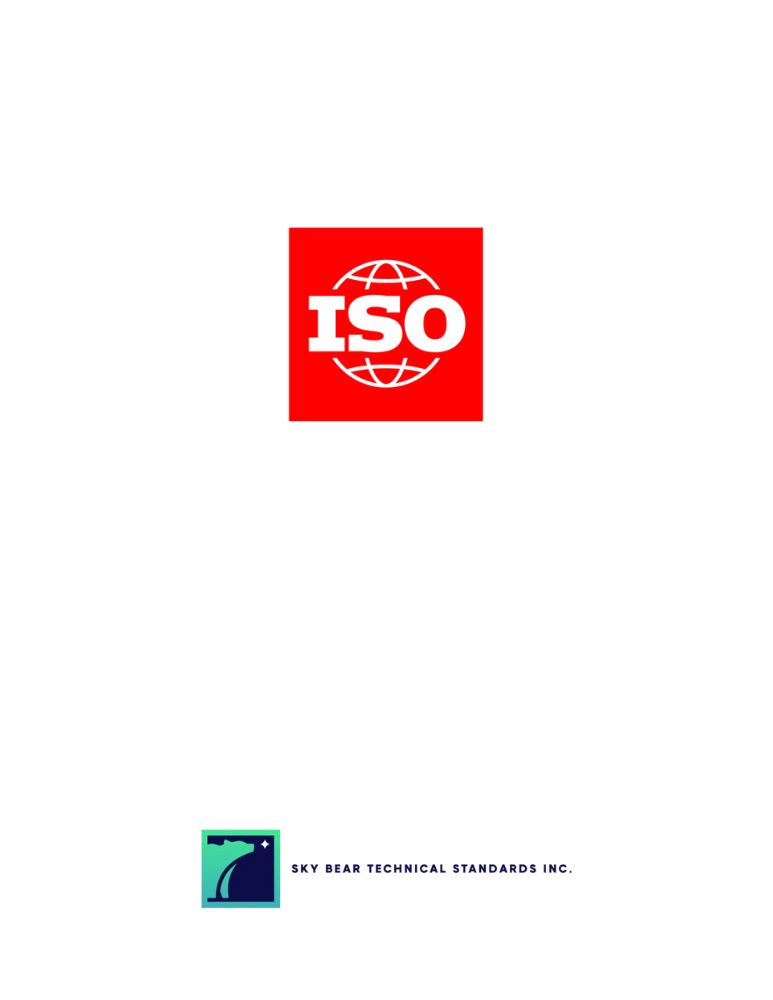Your cart is currently empty!

ISO 5167:2022
ISO 5167:2022 Measurement of fluid flow by means of pressure differential devices inserted in circular cross-section conduits running full – Part 4: Venturi tubes
CDN $233.00
Description
This document specifies the geometry and method of use (installation and operating conditions) of Venturi tubes[1] when they are inserted in a conduit running full to determine the flow rate of the fluid flowing in the conduit.
This document also provides background information for calculating the flow rate and is applicable in conjunction with the requirements given in ISO 5167-1.
This document is applicable only to Venturi tubes in which the flow remains subsonic throughout the measuring section and where the fluid can be considered as single-phase. In addition, Venturi tubes can only be used uncalibrated in accordance with this standard within specified limits of pipe size, roughness, diameter ratio and Reynolds number, or alternatively they can be used across their calibrated range. This document is not applicable to the measurement of pulsating flow. It does not cover the use of uncalibrated Venturi tubes in pipes sized less than 50 mm or more than 1 200 mm, or where the pipe Reynolds numbers are below 2 × 105.
This document deals with the three types of classical Venturi tubes:
a) “as cast”;
b) machined;
c) fabricated (also known as “rough-welded sheet-iron”).
A Venturi tube consists of a convergent inlet connected to a cylindrical throat which is in turn connected to a conical expanding section called the divergent section (or alternatively the diffuser). Venturi nozzles (and other nozzles) are dealt with in ISO 5167-3.
NOTE       In the USA the classical Venturi tube is sometimes called the Herschel Venturi tube.
 
[1]   In the USA the classical Venturi tube is sometimes called the Herschel Venturi tube.
Edition
2
Published Date
2022-06-16
Status
PUBLISHED
Pages
26
Format 
Secure PDF
Secure – PDF details
- Save your file locally or view it via a web viewer
- Viewing permissions are restricted exclusively to the purchaser
- Device limits - 3
- Printing – Enabled only to print (1) copy
See more about our Environmental Commitment
Abstract
This document specifies the geometry and method of use (installation and operating conditions) of Venturi tubes[1] when they are inserted in a conduit running full to determine the flow rate of the fluid flowing in the conduit.
This document also provides background information for calculating the flow rate and is applicable in conjunction with the requirements given in ISO 5167-1.
This document is applicable only to Venturi tubes in which the flow remains subsonic throughout the measuring section and where the fluid can be considered as single-phase. In addition, Venturi tubes can only be used uncalibrated in accordance with this standard within specified limits of pipe size, roughness, diameter ratio and Reynolds number, or alternatively they can be used across their calibrated range. This document is not applicable to the measurement of pulsating flow. It does not cover the use of uncalibrated Venturi tubes in pipes sized less than 50 mm or more than 1 200 mm, or where the pipe Reynolds numbers are below 2 × 105.
This document deals with the three types of classical Venturi tubes:
a) “as cast”;
b) machined;
c) fabricated (also known as “rough-welded sheet-iron”).
A Venturi tube consists of a convergent inlet connected to a cylindrical throat which is in turn connected to a conical expanding section called the divergent section (or alternatively the diffuser). Venturi nozzles (and other nozzles) are dealt with in ISO 5167-3.
NOTE       In the USA the classical Venturi tube is sometimes called the Herschel Venturi tube.
 
[1]   In the USA the classical Venturi tube is sometimes called the Herschel Venturi tube.
Previous Editions
Can’t find what you are looking for?
Please contact us at:
Related Documents
-

ISO 80004:2020 Nanotechnologies – Vocabulary – Part 3: Carbon nano-objects
CDN $76.00 Add to cart -

ISO 22553:2019 Paints and varnishes – Electro-deposition coatings – Part 1: Vocabulary
CDN $76.00 Add to cart -

ISO 16840:2006 Wheelchair seating – Part 1: Vocabulary, reference axis convention and measures for body segments, posture and postural support surfaces
CDN $351.00 Add to cart -

ISO 3833:1977 Road vehicles – Types – Terms and definitions
CDN $115.00 Add to cart







